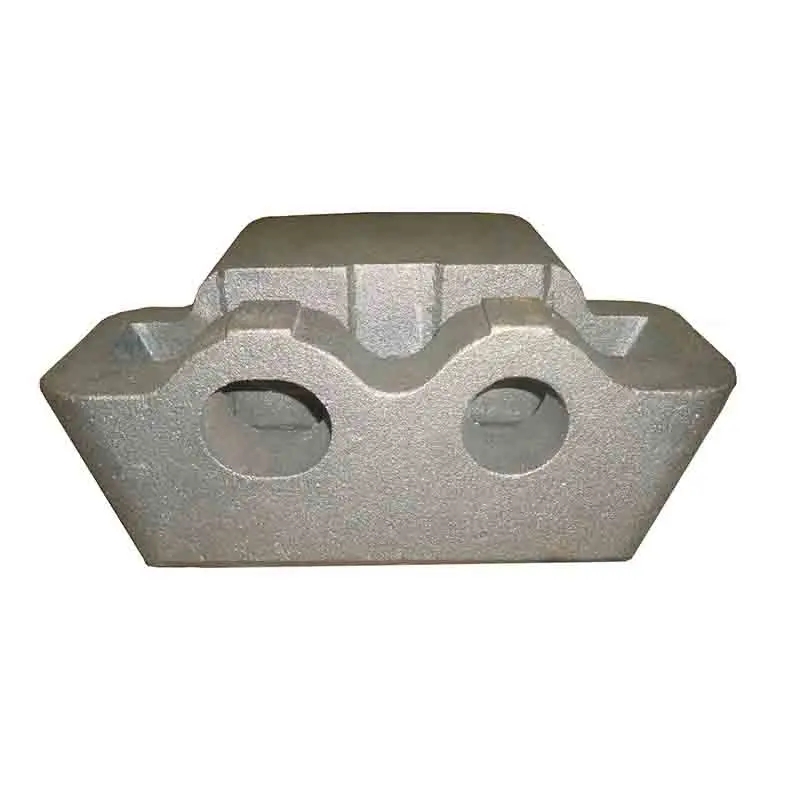- Afrikaans
- Albanian
- Amharic
- Arabic
- Armenian
- Azerbaijani
- Basque
- Belarusian
- Bengali
- Bosnian
- Bulgarian
- Catalan
- Cebuano
- China
- China (Taiwan)
- Corsican
- Croatian
- Czech
- Danish
- Dutch
- English
- Esperanto
- Estonian
- Finnish
- French
- Frisian
- Galician
- Georgian
- German
- Greek
- Gujarati
- Haitian Creole
- hausa
- hawaiian
- Hebrew
- Hindi
- Miao
- Hungarian
- Icelandic
- igbo
- Indonesian
- irish
- Italian
- Japanese
- Javanese
- Kannada
- kazakh
- Khmer
- Rwandese
- Korean
- Kurdish
- Kyrgyz
- Lao
- Latin
- Latvian
- Lithuanian
- Luxembourgish
- Macedonian
- Malgashi
- Malay
- Malayalam
- Maltese
- Maori
- Marathi
- Mongolian
- Myanmar
- Nepali
- Norwegian
- Norwegian
- Occitan
- Pashto
- Persian
- Polish
- Portuguese
- Punjabi
- Romanian
- Russian
- Samoan
- Scottish Gaelic
- Serbian
- Sesotho
- Shona
- Sindhi
- Sinhala
- Slovak
- Slovenian
- Somali
- Spanish
- Sundanese
- Swahili
- Swedish
- Tagalog
- Tajik
- Tamil
- Tatar
- Telugu
- Thai
- Turkish
- Turkmen
- Ukrainian
- Urdu
- Uighur
- Uzbek
- Vietnamese
- Welsh
- Bantu
- Yiddish
- Yoruba
- Zulu
Sep . 28, 2024 07:45 Back to list
Optimizing Heat Exchange Efficiency in Industrial Chillers and Heat Exchangers for Enhanced Performance
Heat Exchangers and Chillers Key Components in Thermal Management
Heat Exchangers and Chillers Key Components in Thermal Management
A heat exchanger is a device designed to transfer thermal energy between two or more fluids. These fluids can be separated by a solid wall to prevent mixing or may be in direct contact. The fundamental purpose of a heat exchanger is to either heat or cool a fluid without allowing the fluids to mix. Common types of heat exchangers include shell-and-tube, plate, and air-cooled designs, each suited for specific applications. In industrial settings, heat exchangers enable the recovery of waste heat from processes, enhancing overall energy efficiency while minimizing environmental impact.
heat exchanger and chiller

Chillers are specialized heat exchangers used to remove heat from a liquid via a vapor-compression or absorption refrigeration cycle. They are essential in cooling applications, such as air conditioning systems, where they maintain a comfortable indoor environment. In commercial and industrial applications, chillers provide critical cooling for processes, machinery, and products, ensuring operational efficiency and extending equipment life. There are two main types of chillers water-cooled and air-cooled, each with distinct advantages depending on the installation environment and cooling load requirements.
The synergy between heat exchangers and chillers is vital for thermal management. For instance, in a typical cooling system, a chiller removes heat from a process or space and transfers it to a secondary fluid. This fluid then passes through a heat exchanger, where it can either release heat to the atmosphere or recover energy from another process, thereby enhancing system efficiency. Proper sizing and selection of these components are critical to system performance, as inefficiencies can lead to increased operational costs and reduced effectiveness.
In conclusion, heat exchangers and chillers are integral to effective thermal management in various applications. By efficiently transferring and managing thermal energy, they not only enhance performance but also contribute to energy savings and sustainability. As industries continue to innovate and seek environmentally friendly solutions, the importance of these systems will only grow, underscoring the need for ongoing research and development in this field. Emphasizing advanced designs and materials can further improve their efficiency and adaptability to diverse applications.
-
8mm Thin-Walled Cast Steel Manhole Cover Pallet Bottom Ring | Durable
NewsAug.04,2025
-
Premium Cast Iron Water Main Pipe: Durable, Corrosion-Resistant
NewsAug.03,2025
-
Durable Cast Iron Water Mains | AI-Optimized Systems
NewsAug.02,2025
-
High-Efficiency Propane Boiler for Baseboard Heat | Save Energy
NewsAug.01,2025
-
Premium Source Suppliers for Various Gray Iron Castings
NewsJul.31,2025
-
Durable Cast Iron Water Main Pipes | Long-Lasting
NewsJul.31,2025


